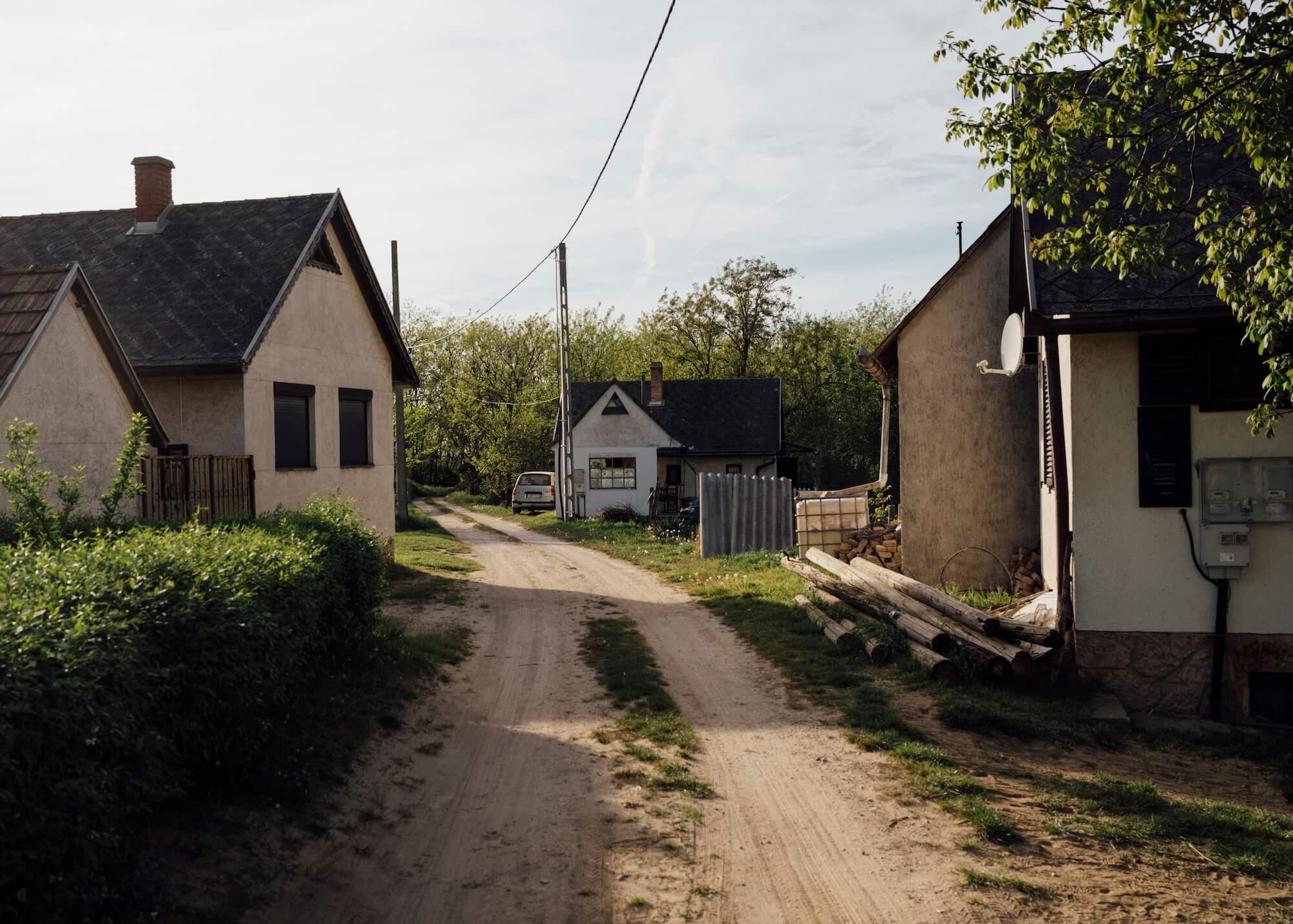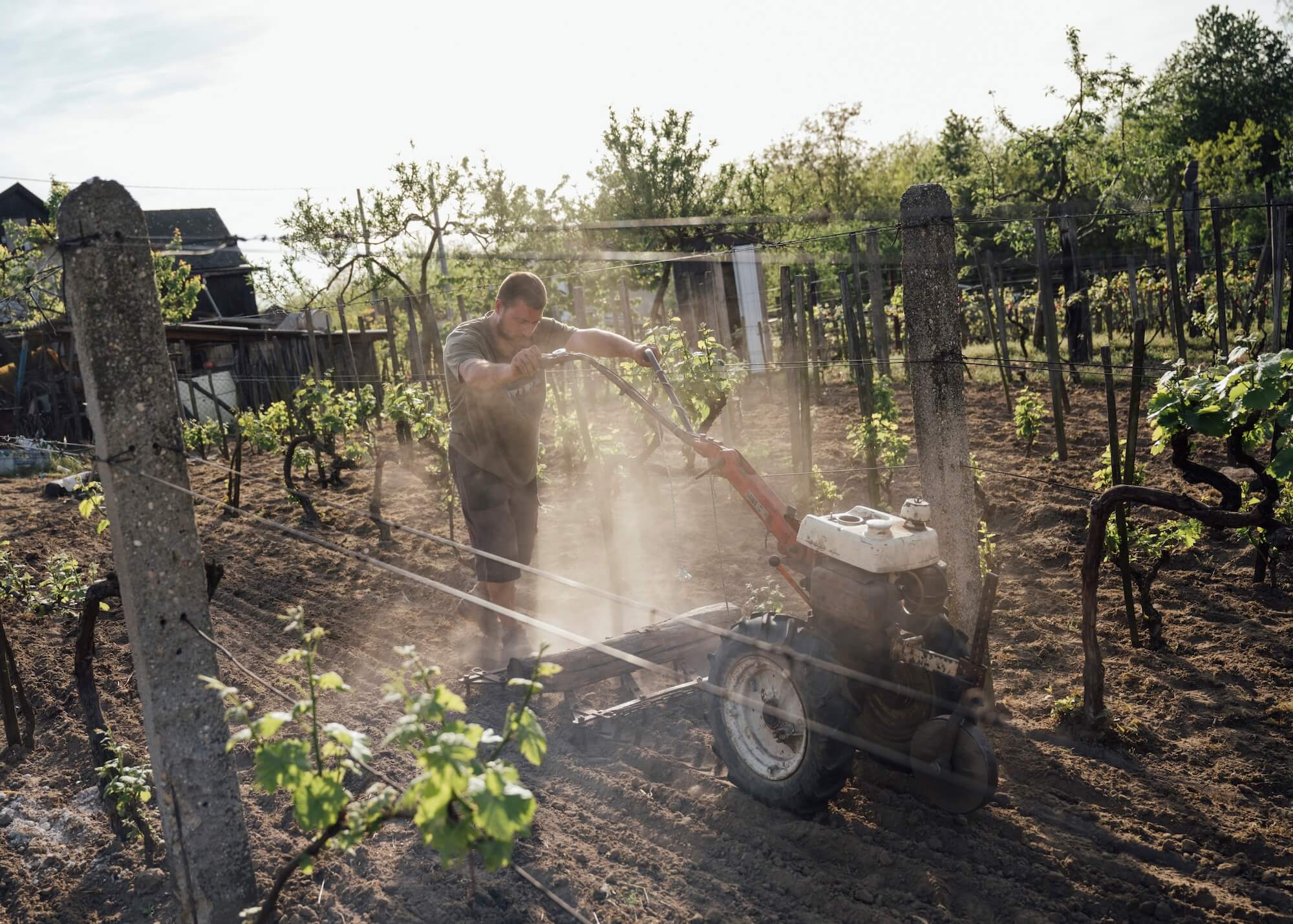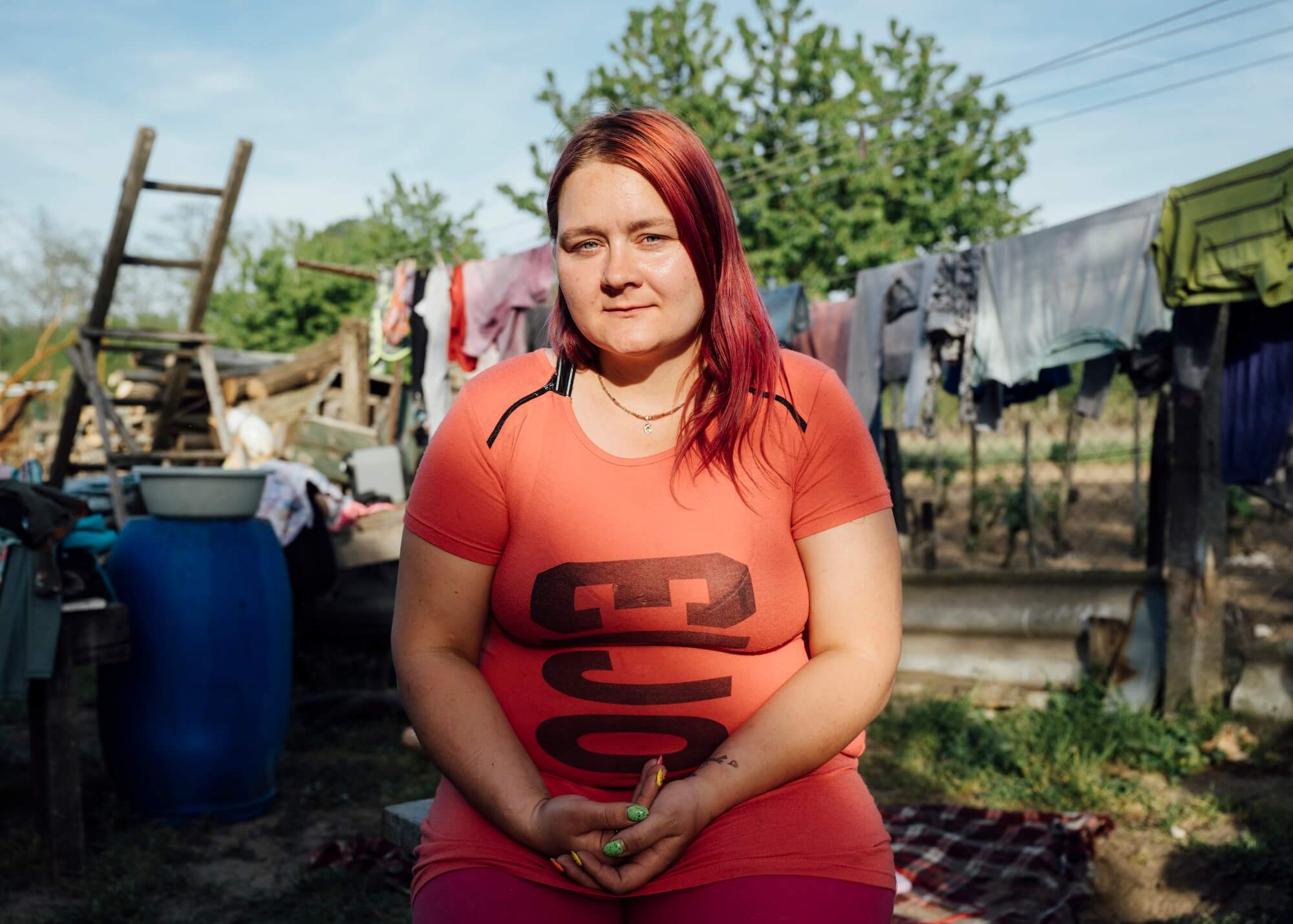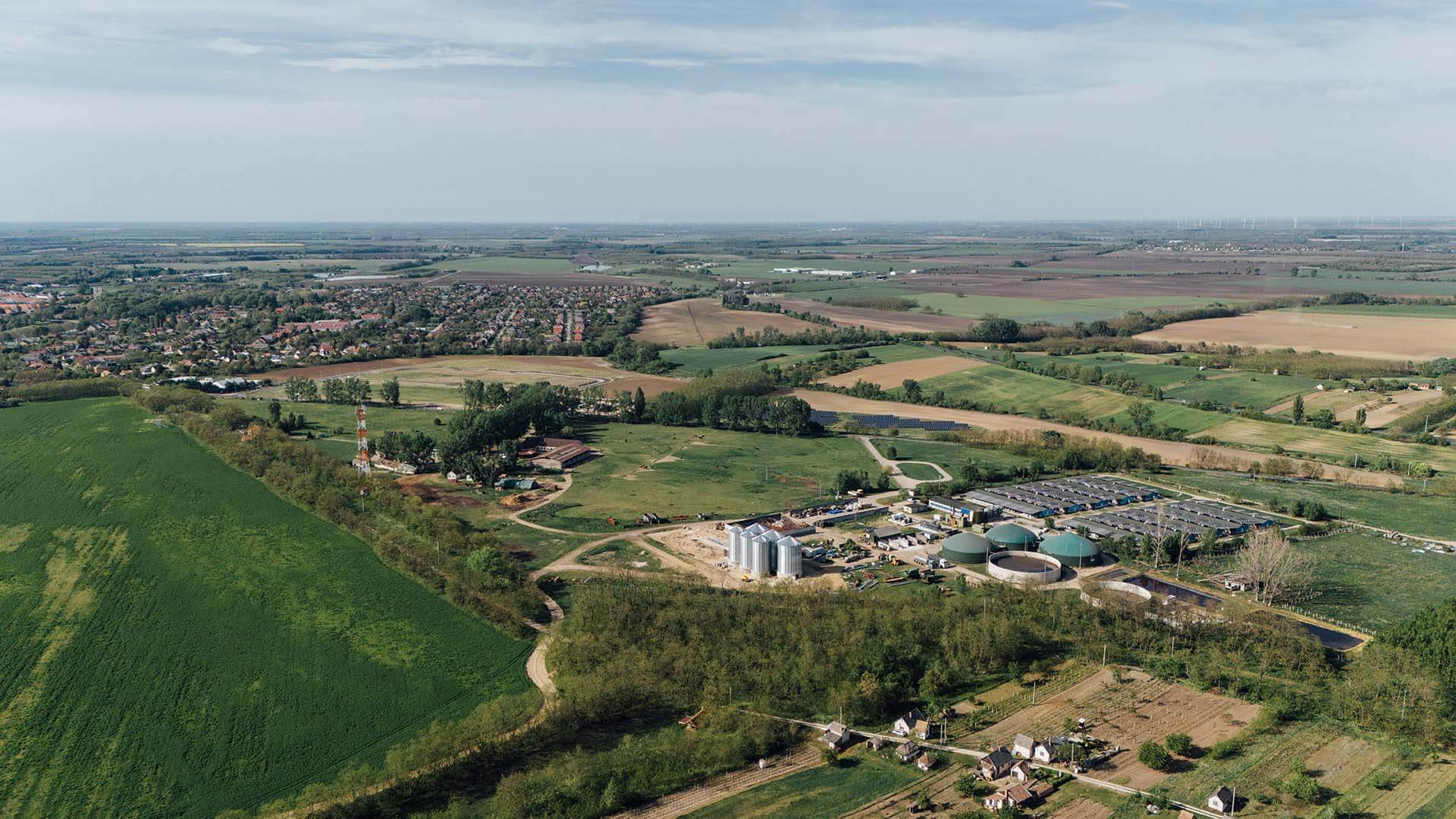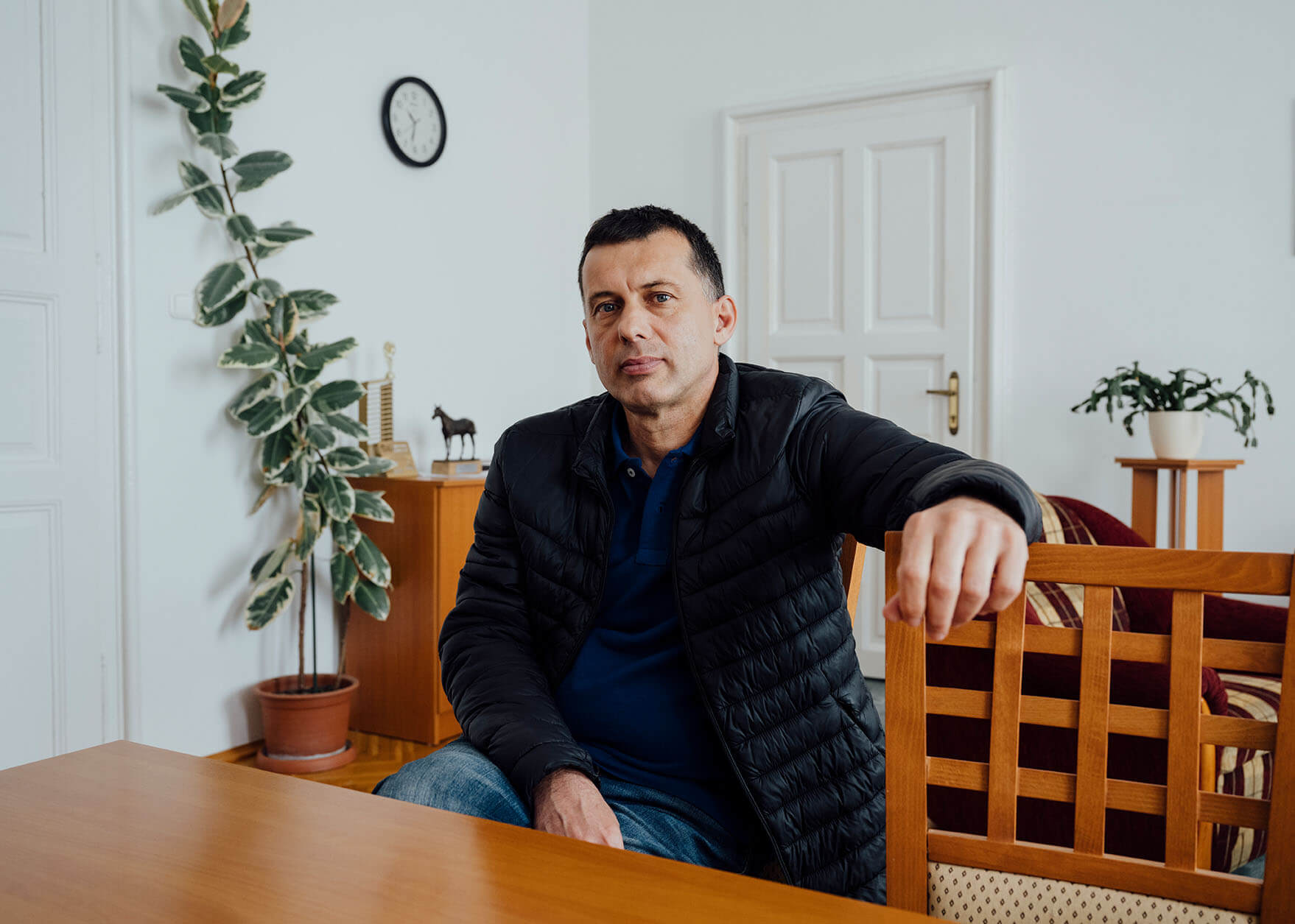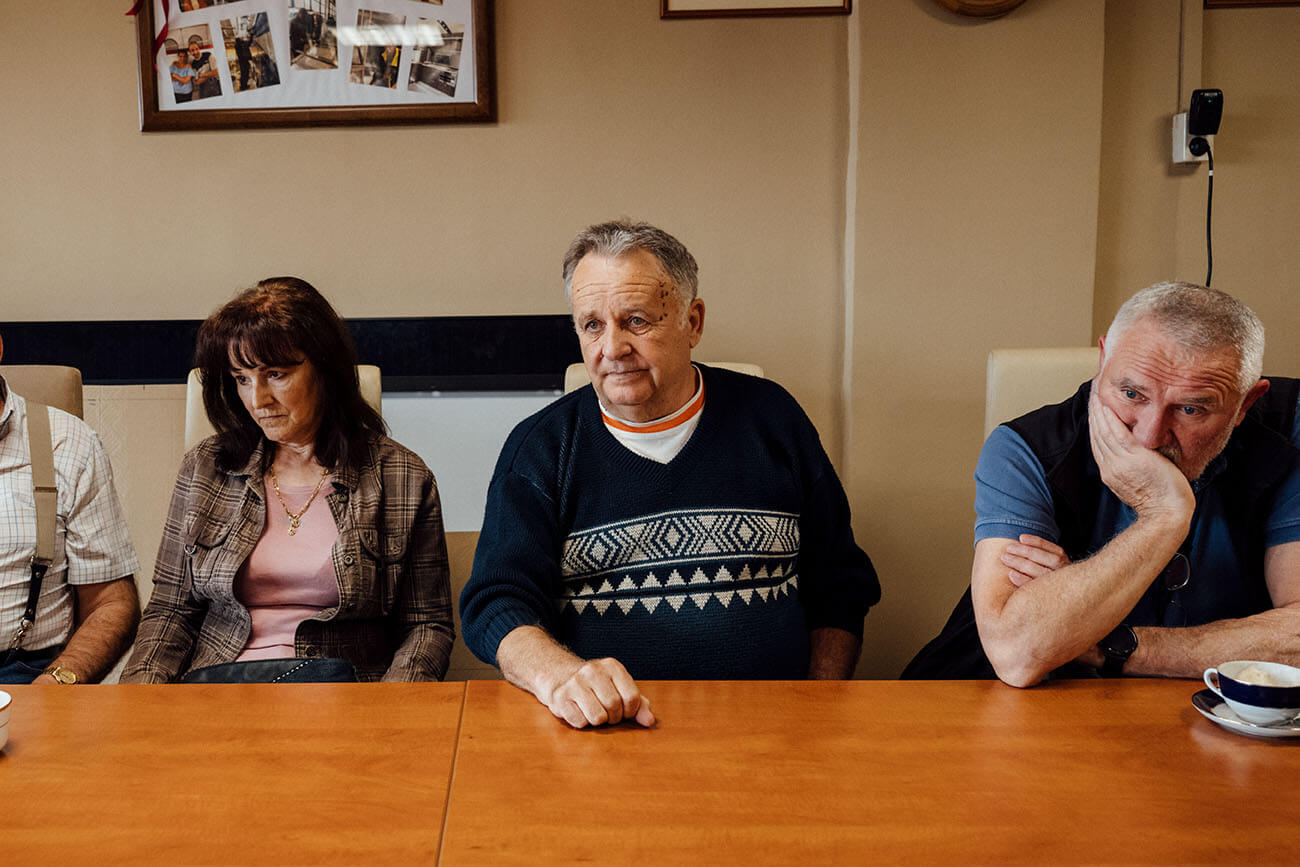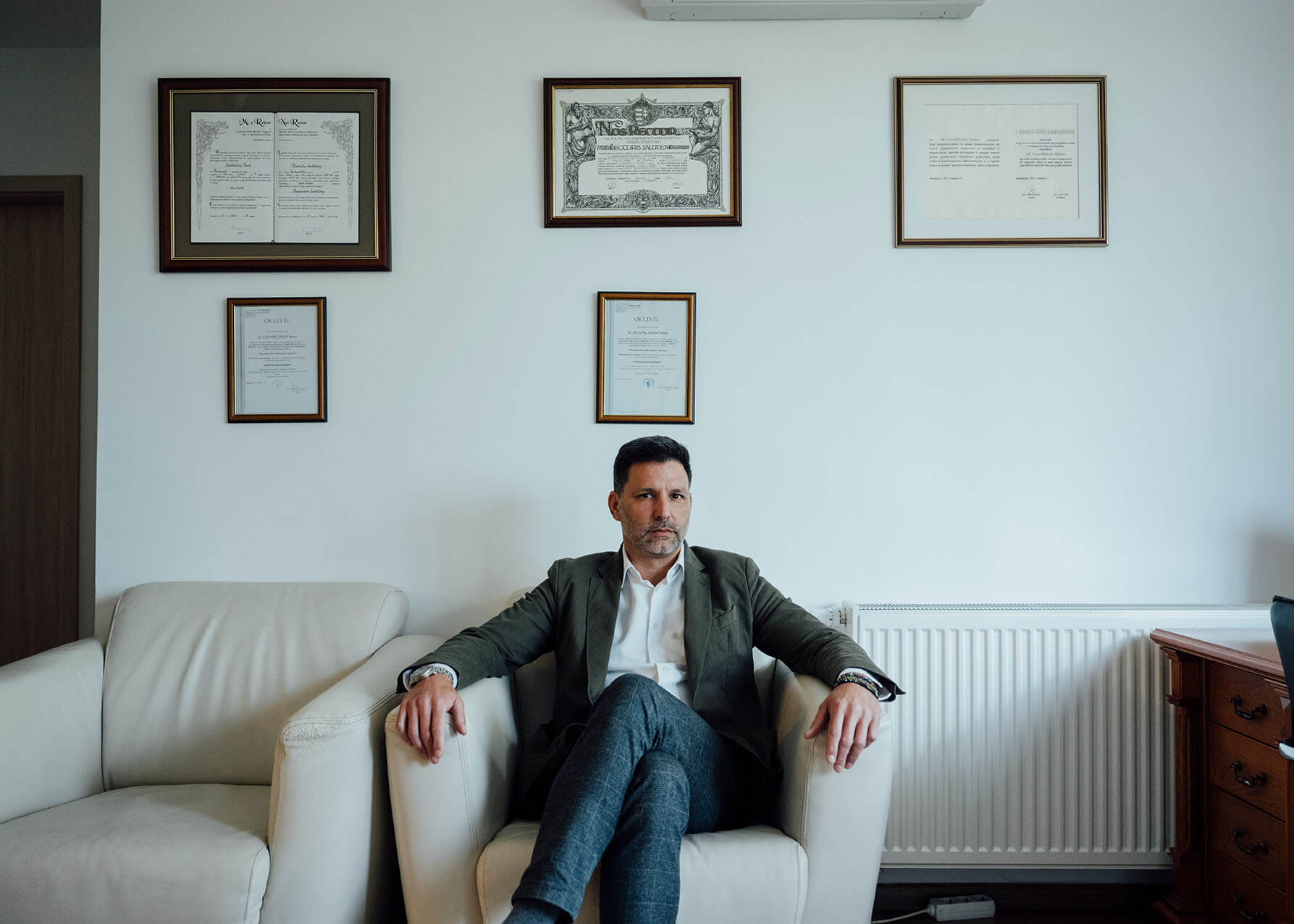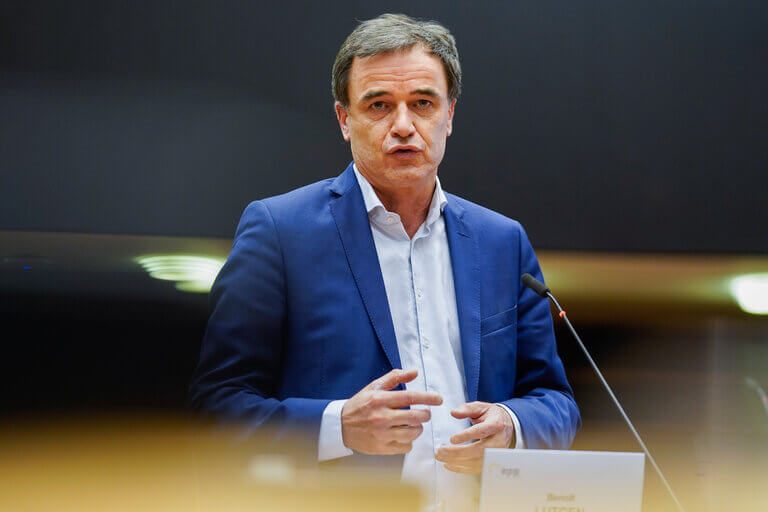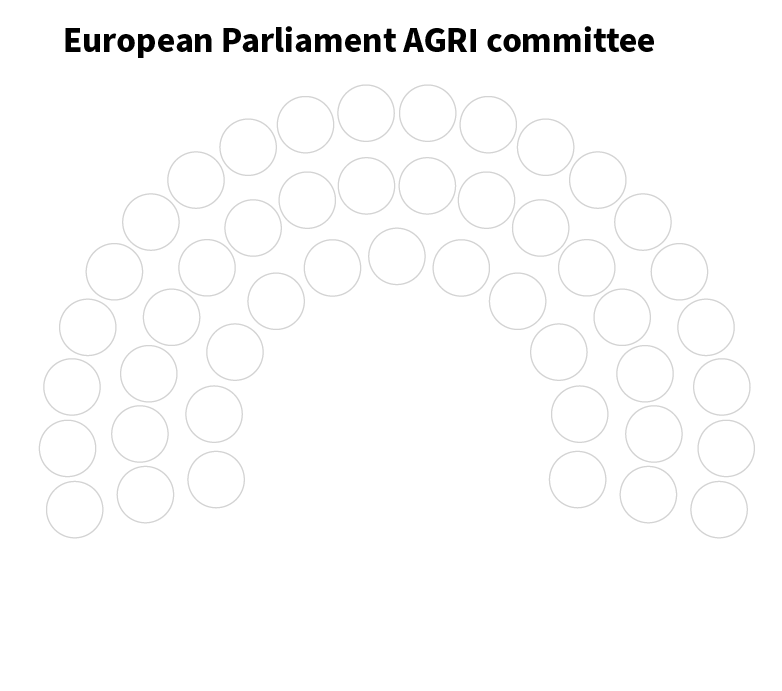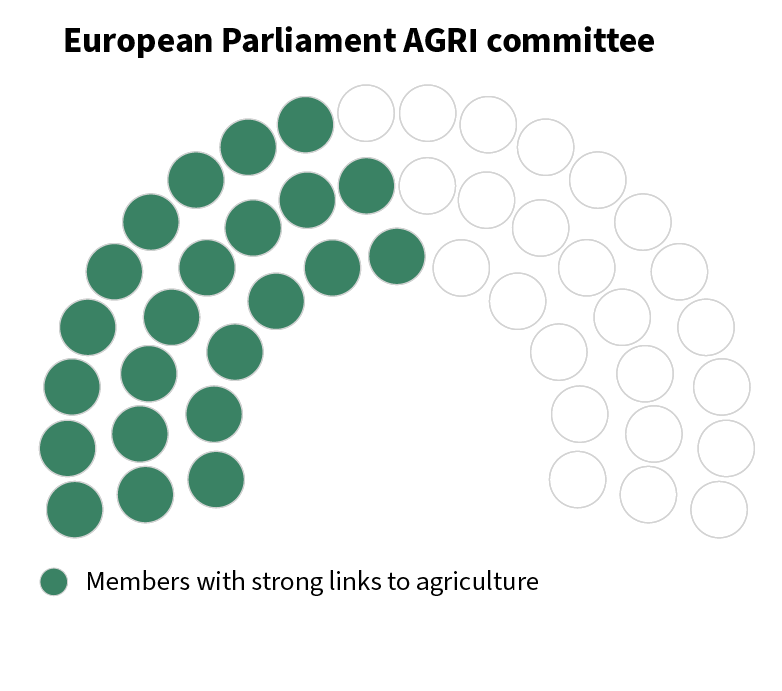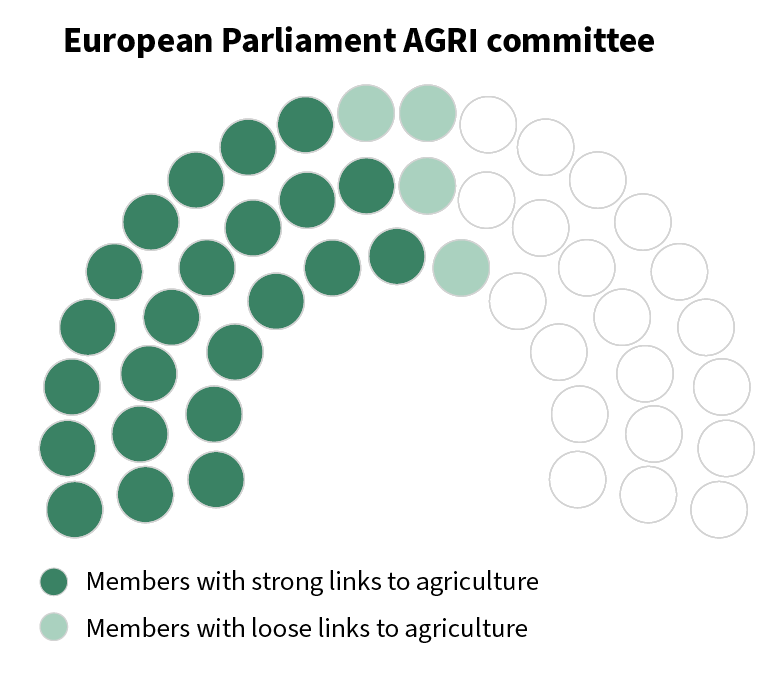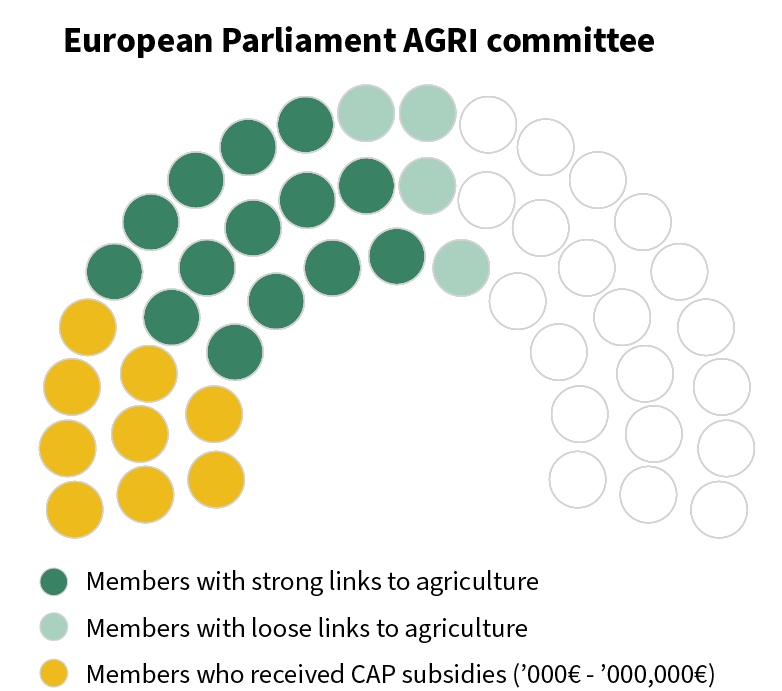For Zámbó, the permanent, penetrating odour is also a psychological burden: “I feel ashamed.” He and his wife used to get visits from friends, especially in summer. But instead of the appetising aroma of a barbecue, there is just the smell of slurry everywhere. “I have a big family, and we were close”, he explains. “My sister, her children, and we lived on the same street – but now they moved away. They don’t even like to visit.”
“Social isolation is a common result, which can have serious mental health risks and also some physical effects”, says Smit.
The case in Kisbér is also one of personal fates. As part of the legal process, each of the 119 plaintiffs had to file a witness report with Bence Szentkláray, the lawyer representing the citizens and the town.
“There is this middle-aged woman. She is in a wheelchair and suffers from asthma,” says Szentkláray. When she was no longer able to work due to her health situation, she moved to the outskirts of Kisbér with her family looking for a life closer to nature. They had imagined that she would at least be able to sit in the garden by the small stream on warm days. “Now she is trapped where the air and water bring the stench, flies, and rats to her”, explains the lawyer. She has been plagued by depression for some time now.
It was a long and sometimes challenging process for the 119 people to find the courage to stand up for themselves, even though it was clear there was an issue to report. “In Hungary, it is still common to be afraid to take action against companies or politicians,” Szentkláray says. Some are reporting feeling pressure. “In some cases, people fear losing their jobs if they speak out.”
The legal case has been dragging on for four years now. The residents had to wait two years for the first verdict. Back then the court ruled in their favour. But certain parties appealed, and the court proceedings continued.
In April this year, the court ruled for the second time: And classified the fumes coming from Bakony Bio as an odour nuisance and attributed them to the plant and the handling of the slurry. Although a health risk was not recognised in this ruling, the court declared that the stench produced by the Bakony Bio Zrt. was a violation of the personal right to respect for private and family life. Some were to be compensated with HUF 300,000 or HUF 500,000 (€1,000 or €1,600), an amount the plaintiffs consider “ridiculous and offensive”.
The plaintiffs appealed to a higher court.
Neither representatives of Bakony Bio Zrt, the owner, Peter Pongrácz, nor their defence lawyers were willing to give an interview to CORRECTIV. However, Pongrácz sent a written statement.
Regarding the complaints by the Kisbér residents, Pongrácz alleged that odour tests had been performed several times by different authorities and that “each time it was ensured that neither the biogas plant nor the pig farm emits odours that could affect” the local population. According to the owner of the facility, it has “all the necessary permits for its operation”, including the environmental protection permit which has been recently renewed “for the third time”.
He did not comment on the court case, where it has been proven that the odour coming from the Bakony Bio facility in Kisbér was causing unnecessary discomfort to the residents.
Health expert Lidwien Smit agrees with the court that such facilities can be problematic. But not only because of the odour nuisance: “Several studies show that the concentration of ammonia at the ground level is relatively high close to livestock farms”. Long-term analyses show that people exposed to those facilities’ operations experience a decline in lung function, and their risk of diseases rises.

